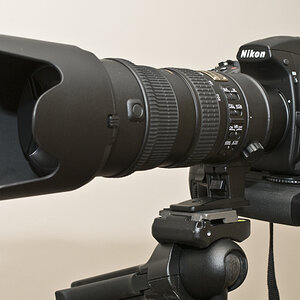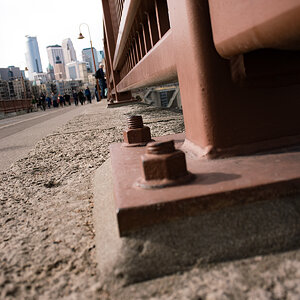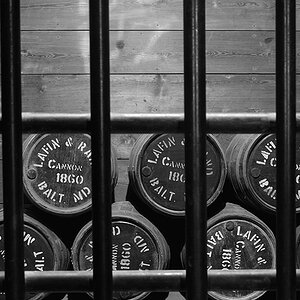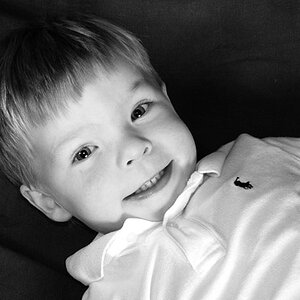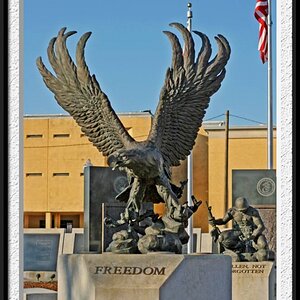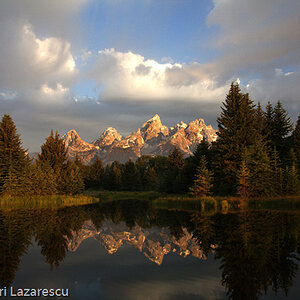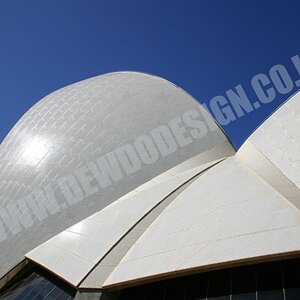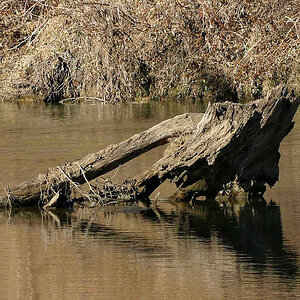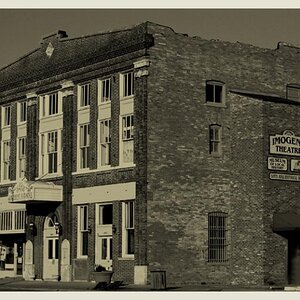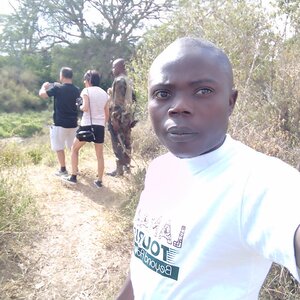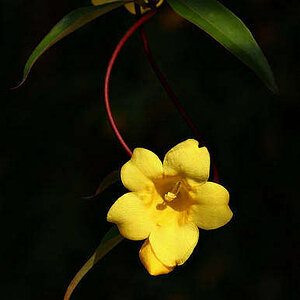thereforeiamx
TPF Noob!
- Joined
- Aug 20, 2007
- Messages
- 134
- Reaction score
- 0
- Location
- nyc<3
- Website
- marieeisley.carbonmade.com
- Can others edit my Photos
- Photos NOT OK to edit
Of course, people have said that shooting noontime gives the harshest shadows. Is that always true? With ample artificial lighting of any type, is it even possible to get good shots in camera?
I visited a nearby forest at noon today and decided to shoot some pictures of a couple of friends there. I thought I could somehow work around the sun using much of the shade there, but the pieces of the background were blown out. Is this not avoidable?
I visited a nearby forest at noon today and decided to shoot some pictures of a couple of friends there. I thought I could somehow work around the sun using much of the shade there, but the pieces of the background were blown out. Is this not avoidable?


![[No title]](/data/xfmg/thumbnail/39/39429-cfa441056f1e6a1995539dc87c794876.jpg?1619739028)
